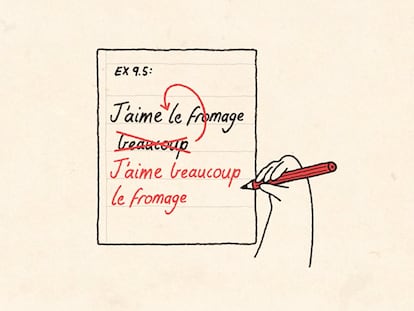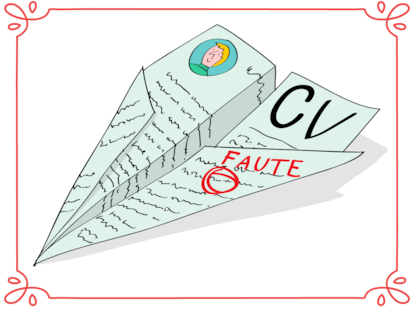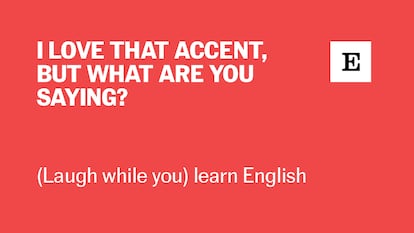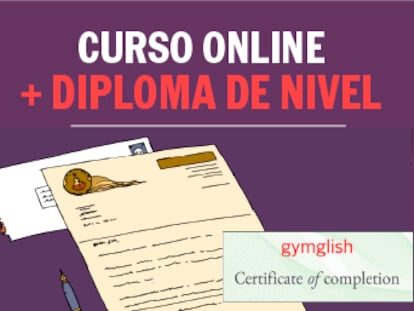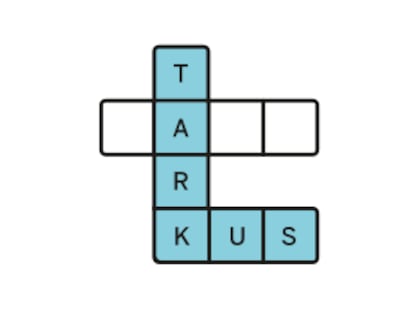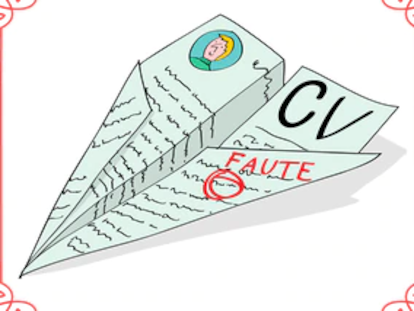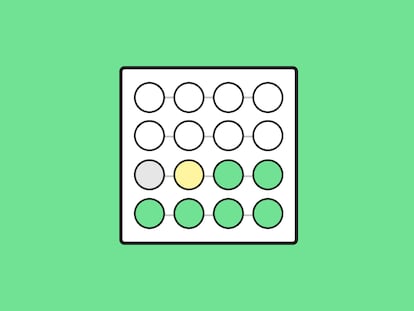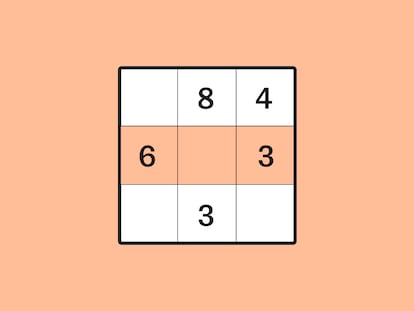What science says about social media’s most absurd morning ritual (and it’s not all bad)
Experts warn that health trends promoted by influencers should be viewed with skepticism

When we see a group of swimmers poised to dive into the pool, with their broad backs and toned bodies, it’s easy to assume that if we start swimming, our bodies will eventually look like theirs. However, while sport can transform physical appearance, the reality is that the journey to the diving board often works the other way around. Those with the right genetic makeup for swimming tend to end up competing in the sport, just as only the very thin make it to the top in marathons. Recognizing this bias helps us understand why, in the age of personalized medicine, we should view health trends on social media — with their promises of magical advice that can change anyone’s life — with skepticism.
One of the most talked-about viral videos in recent times is the morning routine of Ashton Hall, an aspiring NFL player who never made it and instead rebranded himself as an influencer. “You can reinvent your life in a year,” he promises on his Instagram page.
Like many other marketers, he offers advice on how to become a winner — while showing off his muscular physique. The implicit message is clear: “Work on yourself, and the rest will follow.” However, his business is less about empowering others and more about instilling a sense of inadequacy in his followers, particularly men, pushing them to buy his products in hopes of achieving the body of a football player, his bank account, and his girlfriends. But let’s take a scientific look at Hall’s routine, which resembles many other influencers who tell their followers that if they’re not millionaires, it’s because they’re not following the advice properly.
Hall’s routine starts with waking up before 3:52 a.m. Scientific studies agree that early risers tend to have better mental health, partly because society is structured to support them. Many successful professionals wake up two or three hours earlier than the average person. Tim Cook, CEO of Apple, wakes up at 4 a.m. to reflect, work alone, and exercise before the world becomes a distraction. Vogue editor Anna Wintour starts her day at 5 a.m. playing tennis at the Midtown Club in New York, and Ana Botín, president of Spain’s Banco Santander, gets up at 5:30 a.m. every day.
However, just as with swimmers, it’s likely that many of these people had initial conditions that made it easier for them to adopt extreme schedules or to give up the social life that’s possible when you wake up and go to sleep at normal hours.
Chronotypes — our natural sleep-wake cycles — can be adjusted, but it’s unlikely that someone with an evening chronotype will ever become a true morning person. A study involving 690,000 people showed that genetics play a significant role in determining who becomes an early riser. Other studies suggest that morning exercise and an earlier dinner help us wake up earlier, and that avoiding schedule changes over the weekend can prevent social jet lag. In short, just as not everyone can easily achieve gigantic muscles, not everyone is suited to waking up two hours before dawn. If we all did, we’d force Tim Cook to wake up in the dark and Ashton Hall would have to find new ways to grab attention.
Going back to Hall’s routine, one of the first things he does upon waking is rip a piece of tape off his mouth. This habit has been promoted by health and wellness influencers on social media as a way to improve immunity, boost energy, stop snoring, improve digestion and even sharpen your jaw. Most of these claims are unproven, though some studies show it may help with snoring or sleep apnea. As with other parts of his routine, the idea is based on a fact: breathing through the nose is generally better than breathing through the mouth. But that doesn’t mean using tape to sleep is for everyone.
“The use of adhesive tape on the mouth depends on the individual,” explains Javier Puertas, a clinical neurophysiologist and member of the Spanish Sleep Society (SES). “Some people force themselves to breathe through their nose when closing their mouths, or they wear a chin strap because, depending on the anatomical shape of their throat, they are prone to snoring, but these solutions aren’t for everyone.”
Carlos O’Connor Reina, president of the Spanish Society of Otorhinolaryngology’s committee on snoring and sleep disorders, agrees. “If it becomes widespread, there will be people who will choke, suffer from sleep apnea, or experience increased carbon dioxide levels in the blood, leading to heart and vascular problems,” he warns. “Oral taping can only be performed on certain patients; anything else is madness.”
O’Connor Reina is also critical of nasal strips, which Hall also uses as a way to improve breathing. “The evidence shows that in some patients who have alar collapse — which are cartilages we have at the entrance of the nose — using the strip works well, but generalizing it is not an indication,” he concludes.
Puertas adds: “There are also people who use adhesive tape on their nose, but most of them end up stopping in the long term. These solutions, depending on the shape of a person’s bite or jaw, can be interesting, but they are anecdotal cases, and in any case, it’s important to seek the opinion of a dentist or maxillofacial specialist before applying them.”
As for the rest of Hall’s rituals, they may seem ridiculous (at one point, he rubs a banana peel on his face), but applied with common sense, they could be beneficial. One of the rare human groups where men live as long as women is monks, who have highly ritualized lives. Psychologists define rituals as sequences of repetitive symbolic acts without an instrumental purpose. Anthropologists have observed that across all cultures, humans use rituals to reduce stress and cope with danger.
At the start of the 20th century, Bronislaw Malinowski observed how fishermen in Papua New Guinea performed rituals before setting out to sea, painting their canoes, beating them with sticks, and chanting spells. They did this when fishing in the ocean, but not in less dangerous inland lakes, suggesting that it was a tool to protect their brains from uncertainty through a sequence of predictable actions. In modern times, the rituals of elite athletes like tennis player Rafa Nadal are well known, and studies have measured the benefits of these practices in high-level competition.
It can be said, therefore, that there is some method to Hall’s madness, but we should not be swayed by gurus who promise to transform our lives overnight. In the same way that rituals are useful, humans are inclined to believe in figures who claim to know the secret to life because it offers a sense of relief from our existential anxiety.
In Hall’s video, as in the lives of many successful professionals who make a living selling their formula for success, we don’t see crying children. Instead, we see women cleaning up broken bottles, serving breakfast, or offering a towel. As with swimmers, although their success depends on effort, their rise to the elite was made possible by circumstances they already had before making any conscious decisions. Their lifestyle — envied by many — is only attainable because many people buy into the illusion they sell, believing that by following the rituals of a Miami millionaire, they too will live in a mansion with staff and no one to distract them.
Sign up for our weekly newsletter to get more English-language news coverage from EL PAÍS USA Edition
Tu suscripción se está usando en otro dispositivo
¿Quieres añadir otro usuario a tu suscripción?
Si continúas leyendo en este dispositivo, no se podrá leer en el otro.
FlechaTu suscripción se está usando en otro dispositivo y solo puedes acceder a EL PAÍS desde un dispositivo a la vez.
Si quieres compartir tu cuenta, cambia tu suscripción a la modalidad Premium, así podrás añadir otro usuario. Cada uno accederá con su propia cuenta de email, lo que os permitirá personalizar vuestra experiencia en EL PAÍS.
¿Tienes una suscripción de empresa? Accede aquí para contratar más cuentas.
En el caso de no saber quién está usando tu cuenta, te recomendamos cambiar tu contraseña aquí.
Si decides continuar compartiendo tu cuenta, este mensaje se mostrará en tu dispositivo y en el de la otra persona que está usando tu cuenta de forma indefinida, afectando a tu experiencia de lectura. Puedes consultar aquí los términos y condiciones de la suscripción digital.
More information
Archived In
Últimas noticias
Chris Martin, Taylor Swift, Elijah Wood and other famous wedding ‘crashers’
‘How does it feel to be a failure?’: Elizabeth Berkley’s journey from ‘Showgirls’ ridicule to vindication
The story of the Málaga virus: The code that haunted Google’s cybersecurity center director for 30 years
The impact of Ecuador’s mega-prison: A polluted river, cleared forests and military checkpoints
Most viewed
- Christian Louboutin: ‘Young people don’t want to be like their parents. And if their parents wear sneakers, they’re going to look for something else’
- The low-cost creative revolution: How technology is making art accessible to everyone
- Liset Menéndez de la Prida, neuroscientist: ‘It’s not normal to constantly seek pleasure; it’s important to be bored, to be calm’
- All the effects of gentrification in one corner of Mexico’s Colonia Roma
- December Social Security and SSI payments: Dates, double checks and the 2026 COLA increase











